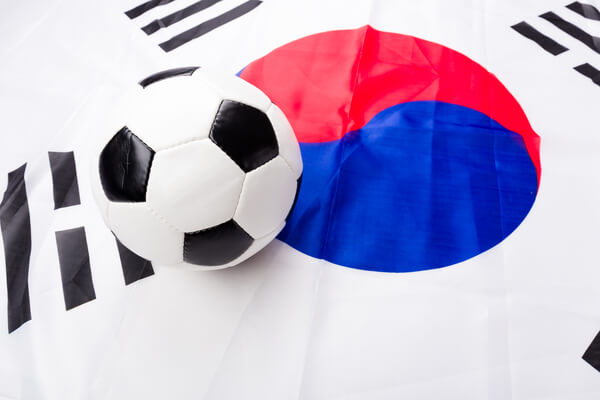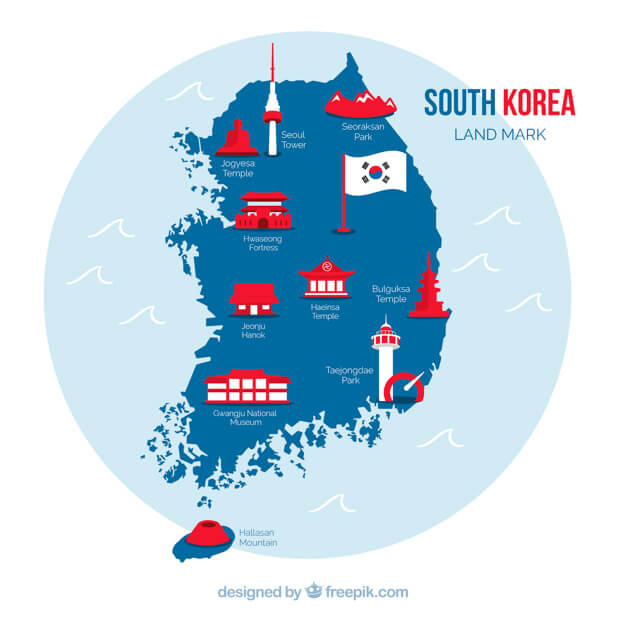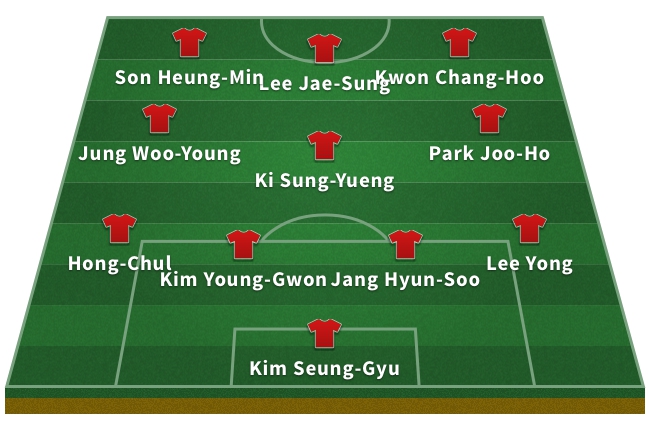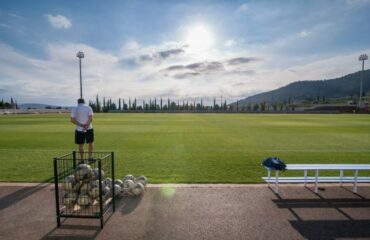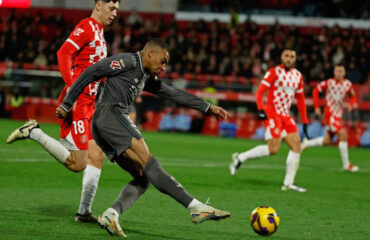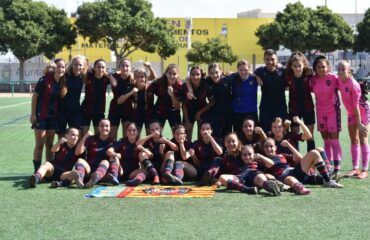Football in South Korea has become increasingly important thanks to the explosion of its young players over the last decade. Learn the secrets of their success and the potential they can achieve thanks to the International Football Academies. It only takes one more step for football in Asia to reach global football success.
Countries such as South Korea are already regulars at major competitions, but have not yet been able to establish themselves among the best, something that is slowly changing thanks to the great commitment they have made to the sport. However, it is only a matter of time before Asian players make a name for themselves among the big stars. And South Korea’s players have a great chance.
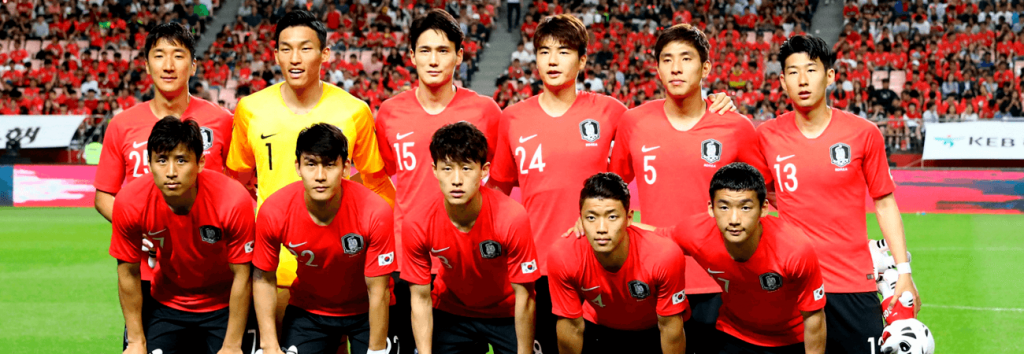
At this stage, no one doubts that Manchester United’s legendary all-rounder Park Ji-Sung has a replacement. In fact, the huge emergence of Heung-Min Son in recent years is undeniable. Tottenham’s striker is one of the most unbalanced players in the English Premier League and day after day he is showing all the football he has in his boots. But the case of Son is not the only one and in Spain they know it well. This season the young Valencia CF player Kang-In Lee is surprising all lovers of this sport thanks to his qualities, polished under the training and knowledge of European football, which is one of the keys to success.
Training at an International Football Academy
More and more young Korean players are deciding to pack their bags and join a European International Football Academy with the mission to prepare themselves for the elite of football and see how far they are capable of going. To do this, and given the numerous Academies that exist, it is paramount to choose the right one, with Soccer Inter-Action’s International Football Academy being one of the most outstanding thanks to its countless resources.
In addition to having a High Performance Centre with elite facilities, the Soccer Inter-Action Academy in Spain has a training programme based on ‘Tactical Periodisation’, a methodology implemented by one of the most important and successful clubs in Europe: FC Porto. FC Porto has been committed to Soccer Inter-Action from the very beginning and its professionals are part of the day to day running of the Academy. In addition, the numerous contacts and excellent relationships with clubs all over the world make it possible to facilitate trials in professional entities, as has been the case with players such as Puma, Guille or Felipe. Check out Puma’s trials at FC Porto.
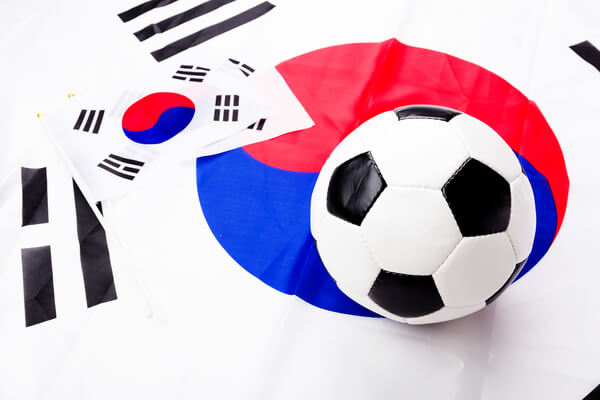
Competing in Spain and reaching the football elite
One of the basic pillars of Soccer Inter-Action is competition. Aware of the great importance of competing at the highest level to achieve success, the SIA International Football Academy is committed to organising weekly friendly matches beyond the leagues that its players play on weekends in the ranks of its FC Porto Dragon Force Valencia Football School. One of the last matches was against the Korean team Club de Visión. This entity did not want to miss the opportunity to see the elite sports facilities of our High Performance Centre (located in Enguera, Valencia, Spain) and accepted the proposal to hold a friendly match in the Youth category (U18). This duel was a nice experience, both sporting and cultural, for the players of the Football Academy and concluded with the satisfaction of having completed a match of great intensity and good play, leaving the Korean team very grateful for the experience.
What do we know about South Korean Football?
Most Spanish football fans will answer this question with a resounding ‘2002 World Cup’. The fact is that the top national team competition was held that year in the Asian country and had an unpleasant memory for the Spanish, as they were knocked out of the tournament in the round of 16 against the host country in a very controversial match due to refereeing decisions.
However, there is football in South Korea beyond that World Cup. In recent years, the country’s domestic competition has grown in stature, although it is worth noting that it has not yet reached the level seen in China and Japan. The K League 1 is made up of twelve football teams that compete during the months of March to October to lift the trophy, something that Jeonbuk Hyundai Motors FC did last season with outstanding players such as left back Jin-Su Kim, striker Shin-Uk Kim, midfielder Seung-Ki Lee and Brazilian winger Tiago Alves.
WHAT IS FOOTBALL LIKE IN SOUTH KOREA?
As in most countries, football (along with baseball and taekondo) is one of the most popular and widely played sports in South Korea. It has more than 1 million players but only 31,000 registered players.
The KFA (Korea Football Association), with 100 affiliated clubs, organises the Korean league system (K-League Classic and K-League Challenge). It also manages the national teams and the South Korean Cup.
ORIGINS OF SOUTH KOREAN FOOTBALL
The Chinese ball game Cuju, which we discussed in the article on the origin of football, introduced the precursor of football to the Silla Kingdom of Korea.
It was not until 1882 that a British warship trading with Korea introduced modern football. While waiting in port, the crew and local children played the first game.
Korean pupils from the Royal English School in Seoul would officially take up the game. The first proper match was played in 1897 between the crew of the English ship Narcissus and the indigenous Korean population.
THE KOREAN FOOTBALL ASSOCIATION
The Korean Football Association (KFA) was formed in 1933. In ’48 Korea became a member of FIFA and in ’58 joined the Asian Confederation. In the same year it entered by beating Japan in the football World Cup in 1954. It won its first two Asian Cups in ’56 and ’60.
KOREA AT THE WORLD CUPS
Korean football came a long way from the Korean National Football Championship, played by direct elimination, through the debut of Korean players in European leagues, Cha Bumkun in Germany or Huh Jung moo in the Netherlands, to the creation of Asia’s first professional league. The Korean Super League in 1983 was to be made up of franchises of major Korean companies. After qualifying for the World Cup in 1985, Korea has never missed a World Cup since.
Together with Japan, it hosted the ’02 World Cup. The Koreans reached the semi-finals after beating Italy and Spain, losing to Germany.

INTER-CLUB FOOTBALL CHAMPIONSHIPS IN SOUTH KOREA
Men’s football championships:
The Korea Football Association (KFA) organises the league system. The season starts in March and ends in early December. The professional league is composed of two divisions and is known as the K-League. The participation system is closed and no club from a lower division is admitted by sporting merit, but only by certain requirements. The first professional division consists of 12 teams, the K-League Classic was established in 83. The 10-team second professional division, the K-League Challenge, was established in 2013. There is a professional tournament or South Korean Cup, the Korean FA Cup, in which the first division teams, the teams of the main youth teams and the best teams of university football participate. It is one of the best football tournaments in Asia. There are semi-professional tournaments, independent of the K-League. The third division consists of 10 teams; the Korea National League, Korea National League. First there is a regular season with three rounds. The top four teams advance to a play-off for the title. The fourth division Challengers League is already made up of amateur teams in two groups. The university football league U-League has a large following.
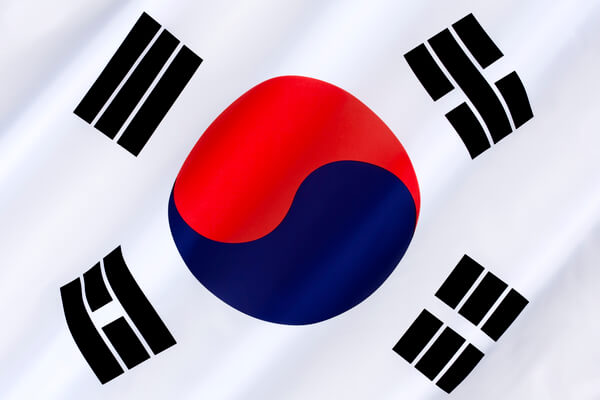
Women’s football championships
The women’s top division, the 8-team WK-League, has been played over two legs since 2008.
National teams
Men’s national team
The men’s national team, or Red Devils, has been part of the Asian Football Confederation since 54 and comes under the KFA. Their most important rivals are Japan and North Korea. The most capped player is Hong Myung Bo and the top scorer is Cha Bum Kun.
Women’s national team
Main article: South Korea women’s national football team The South Korean women’s national football team has been around since 1990 and has only qualified for the Women’s World Cup once. Their most capped player is Lee Myung hwa and their top scorer is Cha Sung mi.
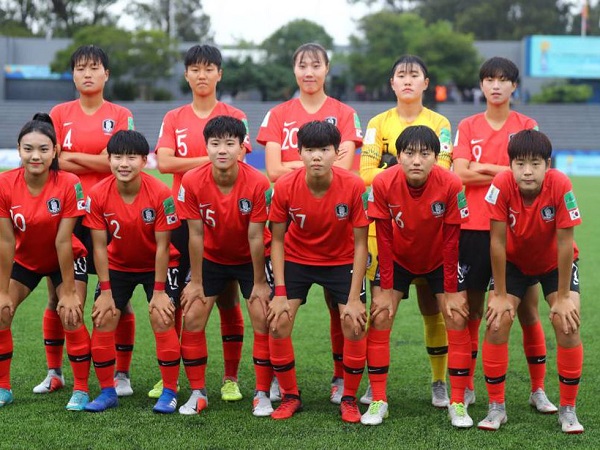
Clubs
The South Korean teams were created in the 1980s by the big companies Hyundai, Daewo, Samsung, LG and Ilhwa. Nowadays, they only sponsor them. And they are community-based. There are 100 recognised football clubs and more than 1,000,000 football players, but only 31,000 are federated players.
Military service
In South Korea, military service of 24 months is compulsory before the age of 28. Professional players are obliged to do so. But they can be exempted for sporting merit. During this time, they can go on loan to the football teams of the state security forces.
Video fútbol coreano
If you want to know what football is like in Mexico If you want to know what football is like in Chile
If you want to know what football is like in Korea If you want to know what football is like in Japan
If you want to know what football is like in Brazil If you want to know what football is like in the USA.
If you want to know what football is like in Spain If you want to know what football is like in Australia
If you want to know what football in Gabon is like If you want to know what football is like in Australia
If you want to know what football is like in Singapore If you want to know what football is like in …….



